Contents
Whenever any industry is planned to run, its budget is also estimated. As a compressed air system is the need of every industry, it is specifically kept in mind whenever an industrial budget is decided.
In fact, according to a study conducted by the U.S Department of Energy revealed that thirty percent of the industry’s energy costs are based on a compressed air system. Keeping this in mind, we have made it easier to estimate your compressed air cost and set up your budget accordingly.
Let’s discuss the individual cost that you’ll get on each part of the compressed air system:
Individual costs for Air Compressor System?
Individual costs for Air Compressor System?
Equipment
The first thing that any person may assume about a compressed air system is the cost of its equipment and then its installation. However, you might be amazed to know that only 12 percent of the total cost of a compressed air system is based on equipment and installation.
Equipment cost depends on the type of equipment you’re planning to buy. If you buy a rotary screw compressor, the cost of oil-injected will differ from the other. The same goes for the installation cost.
Maintenance
Investment in the equipment is one-time, but maintenance is something that you’ll need to do throughout the year or at least once each year. Again, it will be intriguing to know that still, this cost is only 12 percent of the total cost.
It includes oil replacement, filter change, fixing leakages, maintaining temperature and pressure, ventilation, lubrication, and labor costs. Although maintenance costs might be a little high if not taken care of may lead to even higher costs.
Spending a little amount on maintenance is better than facing any issue in the performance or damage of the equipment. Moreover, maintenance also saves you from the extra money that you’re spending on the wastage of energy.
Electricity bills
You might be thinking by now about where the actual cost goes then. You have guessed it right. Electricity costs comprise 76 percent of the total cost of a compressed air system. As mentioned above, buying compressed air is an expensive but one-time investment, still, its electricity cost is even more than the actual buying cost.
Estimating your electricity is a major part of setting up the annual budget of an industry running a compressed air system. It usually depends on the running time of the machine and its energy consumption.
On average, the yearly electricity cost of a compressed air system sums up to $80,000. Note that the cost may vary from area to area due to electricity cost differences in various areas. To lower this cost, you can opt for energy-efficient compressed systems rather than a conventional one.
How to estimate your compressed air cost?
How to estimate your compressed air cost?
For calculating your compressed air cost, you must evaluate some factors first. Here is a step-by-step guide to calculating your compressed air electricity cost according to the type of compressor you’re using.
Find out the working hours
Calculate the usage hours of the system
To calculate your compressed air cost, the major thing to evaluate first is the hours for which the compressor is operational. The timing of the machine running varies in different industries, so you have to assess the hours separately for your compressed air system.
Find out power consumption
You can calculate these hours by simply noting the time on the clock or using a stopwatch. Whenever you turn on the machine, note the time and then note it again after turning it off. You can also find out average hours by assessing them for three days and then dividing them into three.
Calculate the power consumption and evaluate the energy used by the compressor. It’s relatively easy and quick to calculate the power consumed by the compressed air system. You just have to multiply the wattage of your machine with the current it is using.
The wattage is written on the nameplate of each compressor. For example, if the wattage is 10 amps and the current user is 110v, then the power consumed will be 1100 watts per hour.
Calculate kilowatt-hours
Now that you have found watts per hour and the duration for which the compressor runs, it’s time to calculate kilowatt-hours. Simply, multiply both values, i.e. power consumed and the working hours, then divide it by 1000.
Take the above example of the 10 amp compressor using 1100 watts per hour run for 5 hours, then the kilowatts hour will be 5.5. It comes with the following calculation:
1100 watts per hour x 5 hours / 1000
= 5500/1000
= 5.5-kilowatt-hours
Calculate the total electricity cost
The last step is to multiply kilowatt-hours with the cost of electricity in your area. For example, if you’re a resident of the States and using a 10 amp compressor for 5 hours with 5.5 kilowatts per hour usage, then multiply it by the cost of electricity in the U.S. which is 13.31 cents per kilowatt-hour.
5.5 kilowatt hours x 13.31 per kilowatt hour= 73.20 cents
So 73.20 cents is the total cost of electricity of a 10 amp compressor running for 5 hours.
Calculate the annual cost
Another way to calculate the cost is according to the motor efficiency at full load. For this, you have to evaluate the following equations first.
Cost = Motor bhp x 0.746 x Annual working hours x electricity rate x motor efficiency
- To find the motor bhp, look at the user’s manual or on the equipment.
- Calculate the usage hours of the machine by the method we did above. Then multiply it with operational days in a year and get the annual working hours.
- The electricity rate varies in different areas. In the U.S. average electricity rate is 13 cents per kilowatt-hour, while 21 cents per kilowatt-hour in NYC.
- Motor efficiency can be found on the datasheet developed by the Compressed Air and Gas Institute for each specific machine. Find the value here according to your machine type and model.

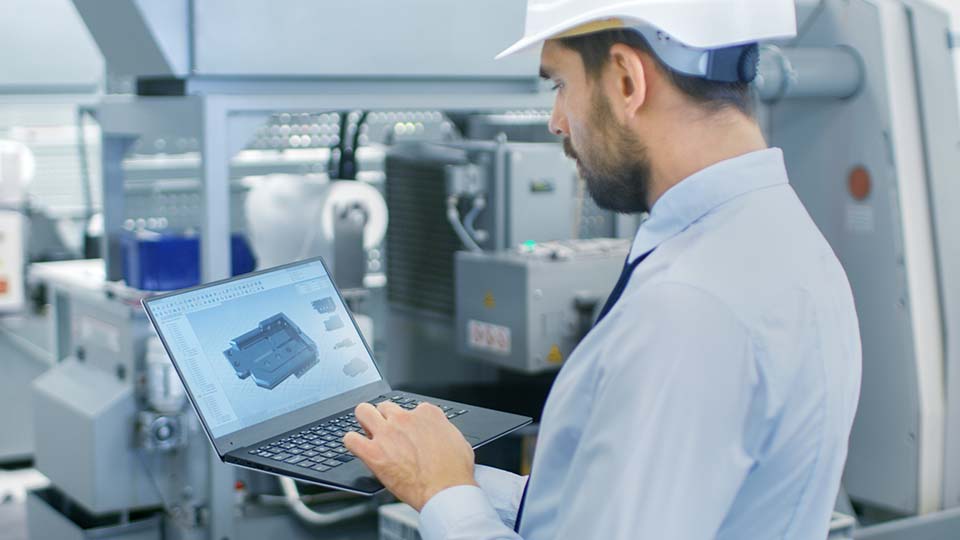
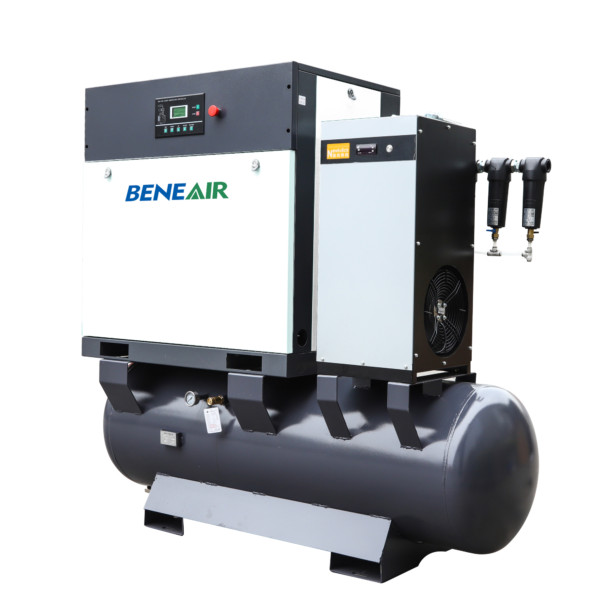
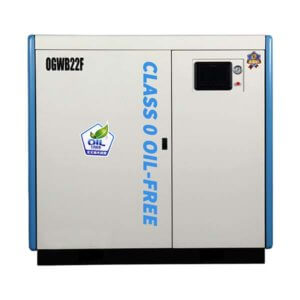
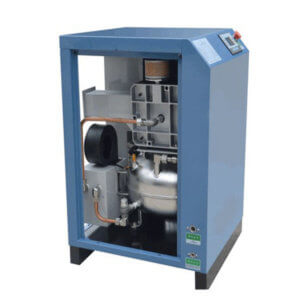




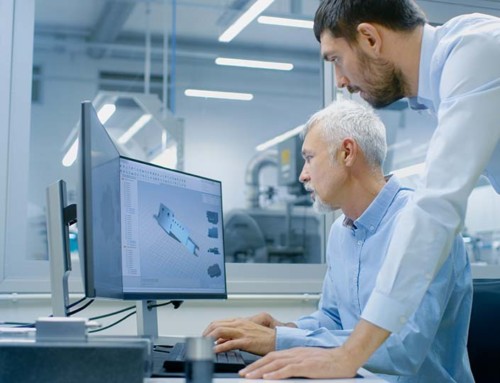
Leave A Comment